Click below to listen to my 2 min. Garden Bite radio show: Diagnosing plant decline
Audio PlayerI think the toughest part of gardening is trying to figure out why a plant isn’t thriving!
Is it an insect, is it a disease, are my plants getting the nutrients they need. Enough water, too much water? Maybe this particular plant doesn’t like afternoon sun or one day you’re looking down on something that makes you go “eeewww, what’s that?”
Here are some questions that a Master Gardener might ask of you to find out what’s wrong with your plant?
- Exactly what kind of plant is it? (may sound easy but some folks don’t know)
- Is it growing in the right conditions? Are it’s requirements being met?
- Compared to a healthy plant, what is wrong with yours?
- If the leaves are brown or yellowed, are they crispy or flexible?
- Do you see signs of insects?
- Are there brown spots on the leaves? If so, are they round or random? New leaves or old leaves?
Recently I’ve had a couple of issues… ANTS, ugh.
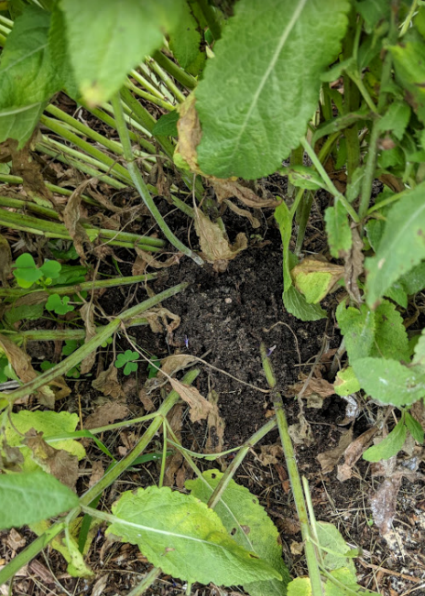
The ants have tunneled through and lifted the soil right up from under my plant. I tamped it down and put down diatomaceous earth.
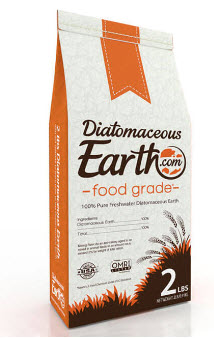
And….
an issue with Hoary Vervain. I’ve posted this to my Master Gardener friends. So far, this is what I’ve found, some sort of insect but I’m still not sure…. the rest of the plant looks good.
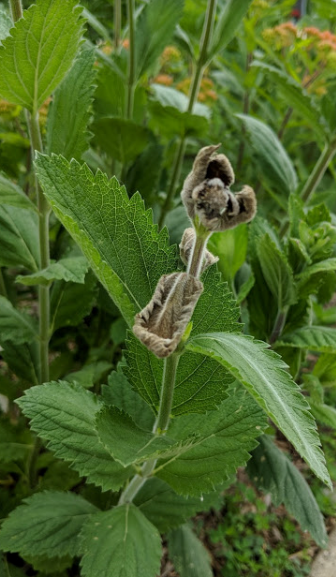
Sometimes it’s easy. Like seeing the foamy stuff surrounding spittlebugs. I just squished a few.
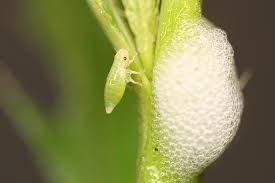
And Aphids, because they’re on nearly everything and you can just give them a good blast of water to kill ‘em. I just ran my fingers along the stems of my monarda. Sounds gross but it’s effective!
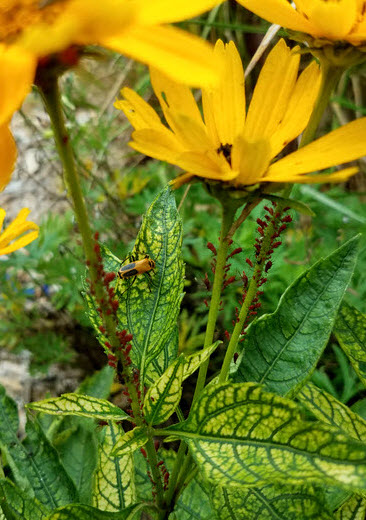
Lady beetles love to eat aphids!
Many times diagnosing a problem is not so easy. Years ago I had something eating away the leaves on my grapes.
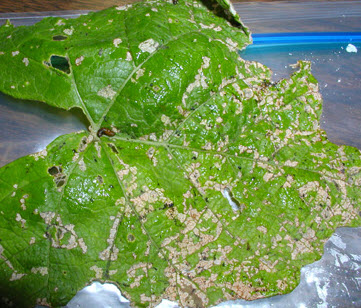
After a closer look, I could see lots of little black worms. After looking through books and going online I narrowed it down to 2 choices. Then I found a picture of exactly who the culprit was online, Flea Beetle larva.

Before using any chemical, know what you’re dealing with. They also eat leafy greens. Floating row covers can help. Those are, usually, plastic covers you place over your plants using hoop stakes to keep them above the growth of your plants.
Weather conditions play a huge role in issues with large plants!

What’s Wrong With My Plant [University of MN Extension diagnostics]
Plant Disease diagnostic clinic [Cornell University]
Diseases and disorders [NC State extension]
Floating row covers can help. Those are, usually, plastic covers you place over your plants using hoop stakes to keep them above the growth of your plants.
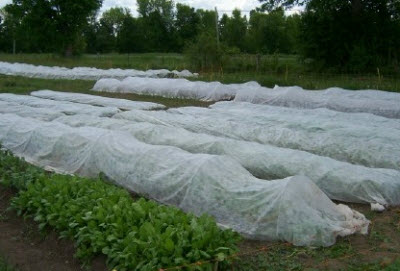
Chemical damage can also kill:

